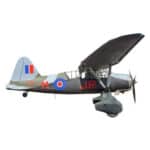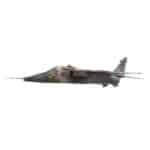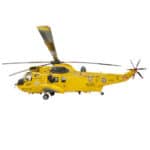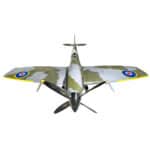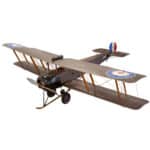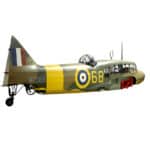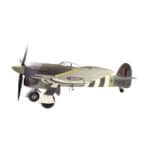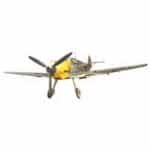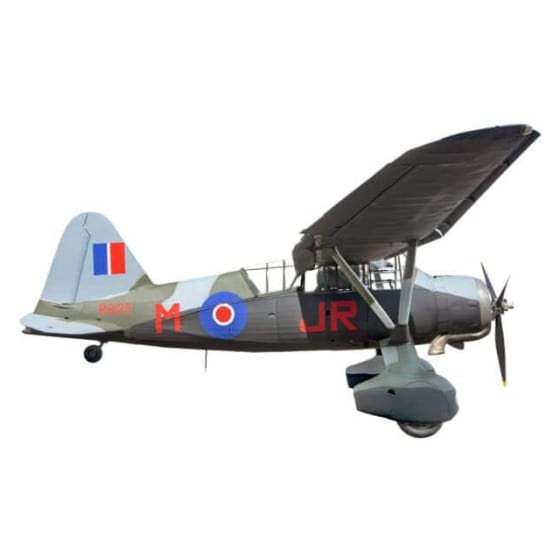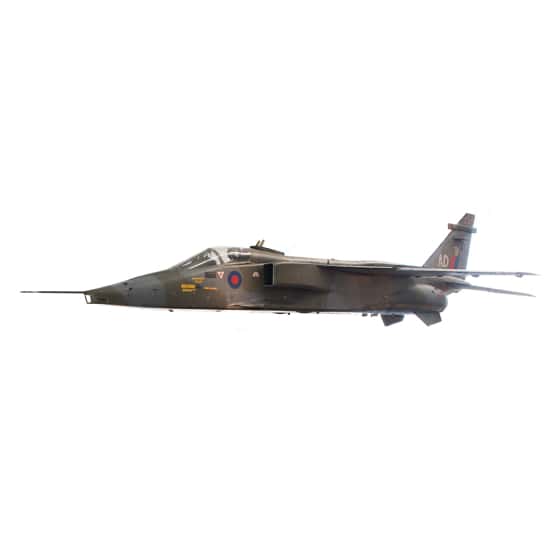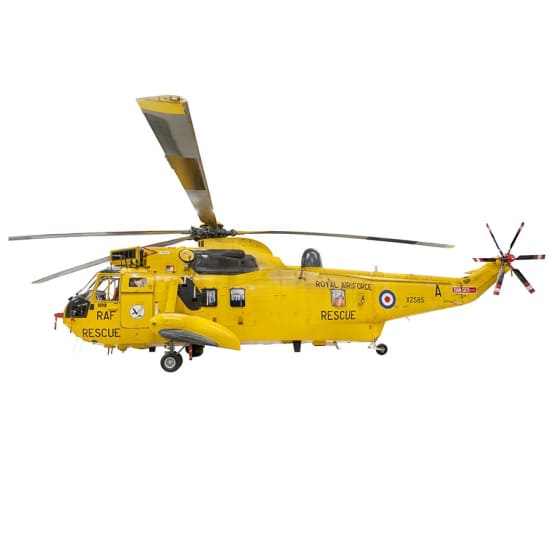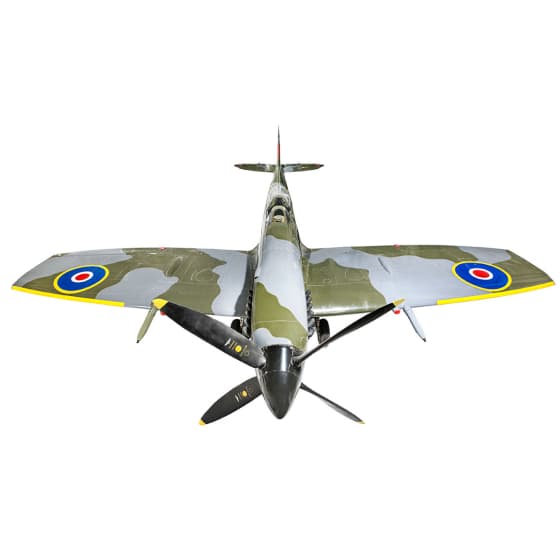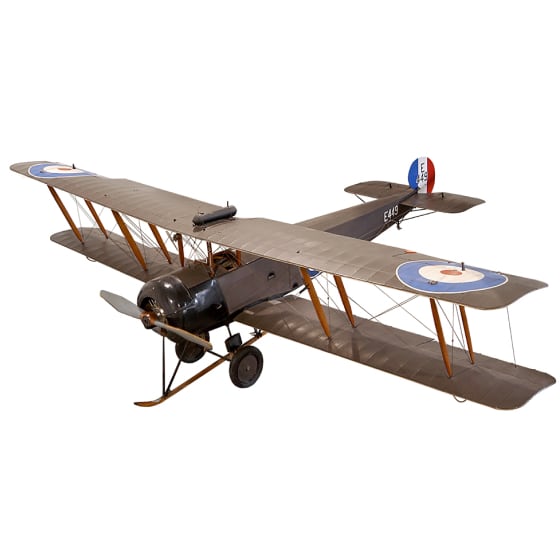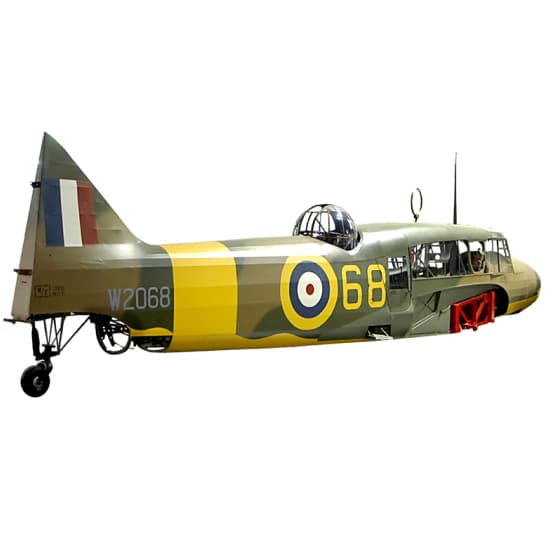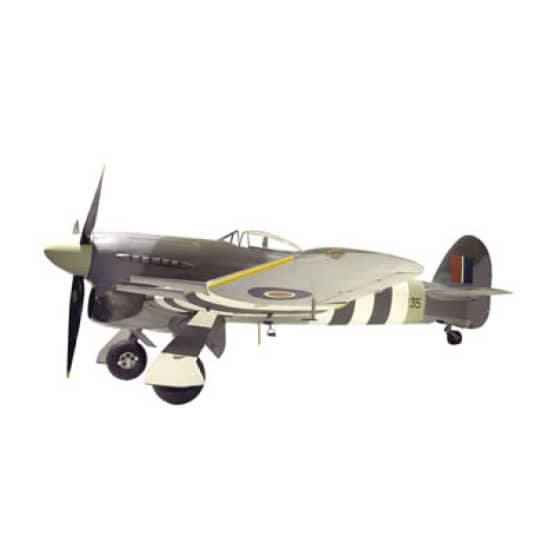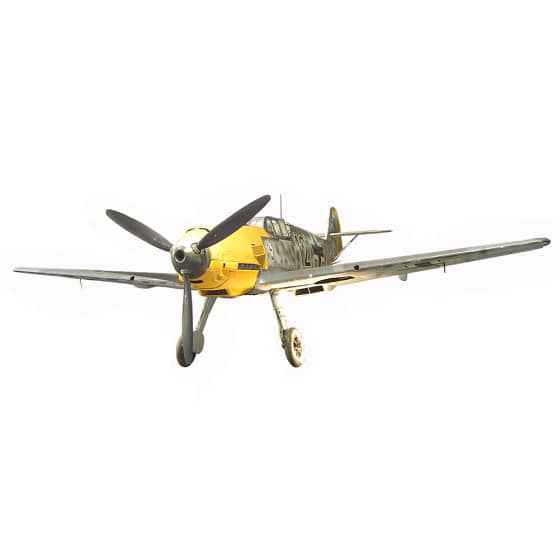on display at London
Westland Lysander
Serial No: R9125/8377M
Period: WWII
Museum: London
Location: Hangar 5
On Display: Yes
The Lysander was originally designed for Army Co-operation duties including artillery spotting and reconnaissance. However, its lasting fame is not in this role, but as a Special Duties aircraft ferrying Allied agents in and out of enemy occupied Europe. Despite some notable successes, the Army Co-operation units suffered extremely high casualties – over 170 Lysanders were sent to France in 1939 and only 50 came back. Following their withdrawal from France, Lysanders patrolled the coastal areas of south and east England as an anti-invasion reconnaissance measure and later, began air-sea rescue duties in the Channel and North Sea.
on display at london
Sepecat Jaguar GR.1
Serial No: XX824
Period: Post-WWII
Museum: London
Location: Hangar 6
On Display: Yes
A joint Anglo-French programme serving with the French and Indian air forces as well as the RAF the Jaguar tactical support and ground-attack aircraft equipped eight first-line squadrons from 1974 and was a major element in RAF Germany’s Cold-War era air capability until supplanted by the Tornado in 1985.
Of 400 Jaguars built 203 were delivered to the RAF. Jaguars of the Coltishall Strike Wing performed sterling work in the Gulf War of 1991 destroying Iraqi artillery and missile positions during Operation Desert Storm.
on display at london
Westland Sea King HAR3
Serial No: XZ585
Period: Post-WWII
Museum: London
Location: Hangar 1
On Display: Yes
For long a familiar and reassuring sight to holidaymakers in coastal and mountain areas, and originally designed for anti-submarine warfare, the Westland Sea King was adapted for long-range RAF search and rescue duties as the Sea King HAR3, serving in the UK and Falkland Islands.
Powered by two Rolls Royce Gnome gas turbines, deliveries began in 1978, replacing the Whirlwind HAR10 and Wessex HAR2 in providing search and rescue cover for both military and civilian personnel across the UK.
on display at london
Supermarine Spitfire Mk XVI
Serial No: RW393/'TB675'
Period: WWII
Museum: London
Location: Hangars 3 and 4
On Display: Yes
he Spitfire XVI was the last major version of the Spitfire to be powered by the Rolls-Royce Merlin before introduction of the RR Griffon powered variants. Externally similar to the Mk.IX, it was powered by the US licence-built Packard Merlin 266 and was flown with both normal and clipped wings. Later production examples featured a cut-down rear fuselage with a sliding bubble canopy to improve the pilots’ view.
Total production of the type was 1,054, entering service in November 1944 and remaining in production until August 1945, the last month of the war.
on display at london
Avro 504K
Serial No: E449
Period: WWI
Museum: London
Location: Hangar 2
On Display: Yes
The Avro 504k is one of the greatest training aircraft ever built. It was used to equip training units first in the Royal Flying Corps and later the Royal Air Force.
Developed from the original Avro 504 of 1913, the 504k differed from the earlier training variants by having modified engine bearers which allowed it to be fitted with a variety of rotary engines. Interchangeability was necessary due to shortage of certain types of engine and provided a welcome flexibility for the hard pressed trainer units.
On Display at London
Avro Anson 1
Serial No: W2068
Period: WWII
Museum: London
Location: Hangar 5
On Display: Yes
The Avro Anson was slow, cold and noisy and is the most famous British aircrew trainer of all time. Used in huge numbers, ‘Faithful Annie’ is remembered with affection by most of Royal Air Force-trained multi-engined aircrew of World War Two.
The Anson I began life in the mid-1930s as a coastal reconnaissance aircraft. Although an advanced design at the time, rapid improvements in aircraft performance meant that the Anson was hopelessly outclassed when war broke out in September 1939.
A number of Coastal Command squadrons remained equipped with the type in the early months of the war and it was only three days after war broke out that an Anson made the first RAF attack on a German U-boat. Although still operational during 1940, providing patrols over the Channel and the Dunkirk evacuation, they were replaced as soon as more modern types became available.
on display at london
Hawker Typhoon 1B
Serial No: MN235
Period: WWII
Museum: London
Location: Hangars 3 and 4
On Display: Yes
Originally designed as a twelve-gun fighter, the Typhoon was intended to be the successor to the Hurricane. It suffered many development problems both with the airframe and its twenty-four cylinder Napier Sabre engine.
At the time of its introduction in 1941, it was the first 400mph fighter in the RAF and proved a match for the low level tip-and-run Focke-Wulf Fw190s. It was, however, in the low level close support role that the Typhoon excelled. From August 1942 it began offensive sweeps over France, Belgium and Holland, attacking enemy airfields and communications.
On Display at London
Messerschmitt Bf 109E-3
Serial No: 4101/DG200
Period: WWII
Museum: London
Location: Hangars 3 and 4
On Display: Yes
During the early war years the Bf109 was one of the world’s finest single seat fighters. Its basic design provided the potential for it to take new engines and armament so that it remained the backbone of the Luftwaffe fighter forces throughout World War Two.
The Bf109E was an improved version of an aircraft designed by Willi Messerschmitt in 1935. It had proved to be a superb fighter during early combat trials in the Spanish Civil War. Only when German fighter pilots met the Spitfire in combat did they find an aircraft in some ways equal to their own. The Bf109E was as fast as the Spitfire, faster than the Hurricane but could out-climb both.
Wow, just Wow !... Stumbled on the place while looking for something to do after a night away in London with my children.
Outstanding facility with dozens of planes from all through history! A wonderful experience for my young family with loads for the kids to do and see. I would highly recommend it!
Absolutely brilliant. Free entry, car park £5 for 3 hours, so much to do and see. The museum was awesome. We took some children on a day out here and they haven’t stopped talking about it.
